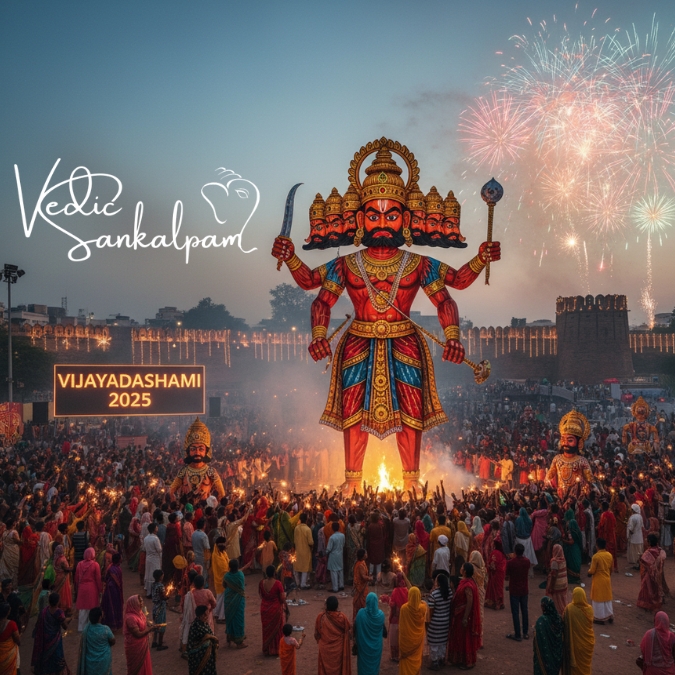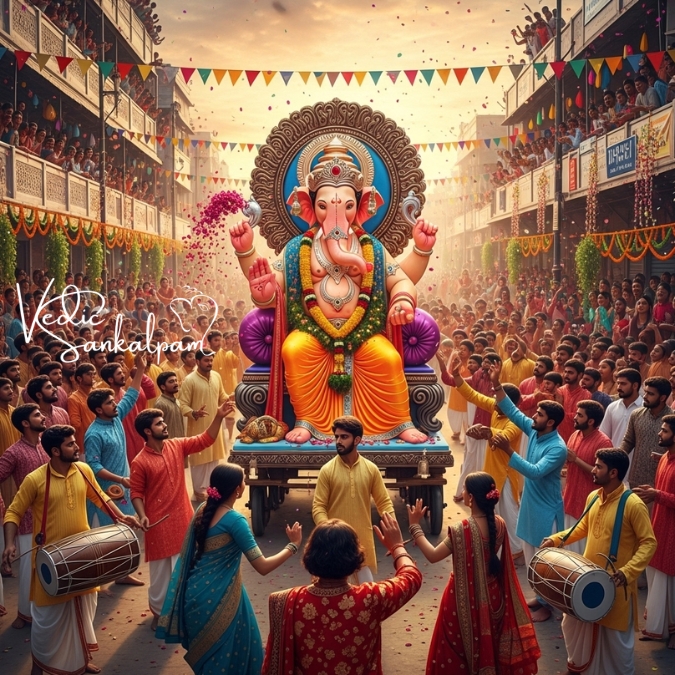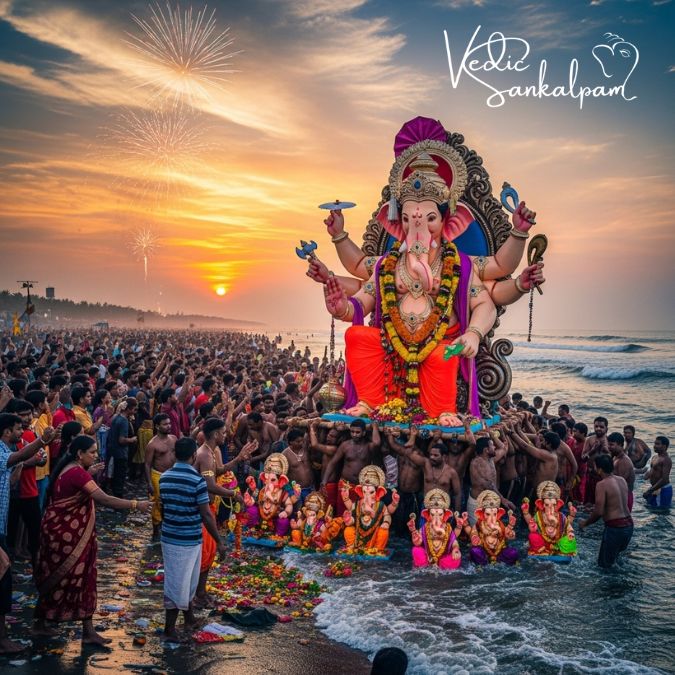Introduction to Ashvamedha Yagya
The Ashvamedha Yagya is one of the most significant and grand rituals in ancient Vedic traditions. Rooted in the sacred texts of Hinduism, this yajna (sacrificial ritual) symbolizes the absolute sovereignty of a king over his dominion. The ritual, prominently mentioned in the Rigveda, Yajurveda, and Mahabharata, was conducted by monarchs seeking divine blessings for expansion, prosperity, and unquestionable rule.
Historical and Mythological Significance
Origins in Vedic Literature
The Ashvamedha Yagya finds its earliest mentions in the Rigveda, which describes it as a ceremonial event performed to assert the supremacy of a ruler. The ritual was an integral part of statecraft in ancient India and was performed by great emperors such as Lord Rama, Emperor Yudhishthira, and Pushyamitra Shunga. The yajna not only had political implications but also carried deep spiritual significance, as it was believed to bestow immense power upon the ruler who performed it successfully.
Association with Hindu Epics
In the Ramayana, Lord Rama performed the Ashvamedha Yagya to affirm his dominion over the land following his victory over Ravana. Similarly, in the Mahabharata, Yudhishthira, the eldest Pandava, undertook the yajna to consolidate his rule after the Kurukshetra war. These epics illustrate the immense importance of the ritual in ensuring divine legitimacy and royal prestige.
The Ritualistic Process of Ashvamedha Yagya
Selection of the Sacred Horse
The ceremony commenced with the selection of a pure, unblemished, and powerful horse, often a white or golden one. The horse was then sanctified through Vedic mantras and adorned with royal insignia before being released to roam freely for a period of one year.
The Journey of the Horse
As the horse wandered through various territories, it was followed by a retinue of soldiers and noblemen. If any ruler objected to the passage of the horse through their domain, a battle would ensue. Victory confirmed the supremacy of the yajna performer, while defeat led to forfeiture of their sovereignty.
Return and Main Sacrificial Ceremony
After the horse successfully traveled across regions unchallenged or victorious, it was brought back to the kingdom, where the grand sacrificial ritual was performed. The yajna involved elaborate offerings, recitations of sacred hymns, and oblations to Agni (the fire deity). The Rajguru (royal priest) conducted the rituals, which lasted for days and included the participation of sages, scholars, and citizens.
Culmination and Rewards
At the culmination of the yajna, the horse was ritually sacrificed in a highly symbolic act representing the ruler’s ultimate dedication to dharma (righteousness) and the welfare of his people. The king who performed the yajna was then proclaimed Chakravarti (universal monarch), securing his place as an unquestioned ruler.
Philosophical and Spiritual Interpretations
While the Ashvamedha Yagya was a display of power, it also had profound philosophical and spiritual dimensions. According to Hindu scriptures, the yajna was not just a means of conquest but a way to uphold cosmic order (Rta) and ensure universal prosperity. The horse symbolized universal energy, and its unrestrained movement signified the ruler’s commitment to righteous governance.
Symbolism in Hindu Thought
- The Horse: Represents strength, freedom, and divine will.
- The Sacrifice: Denotes the relinquishment of ego and attachment.
- The Fire (Agni): Symbolizes purification and transformation.
- The Yajna Mandap (Sacred Arena): Represents the cosmos, where all elements unite in harmony.
Ashvamedha Yagya in Modern Context
Although the actual practice of Ashvamedha Yagya is no longer performed in its original form, its symbolic significance continues in modern Hindu traditions. Some rituals inspired by Ashvamedha are conducted with symbolic offerings rather than actual animal sacrifices, aligning with contemporary spiritual values.
Revival in Cultural and Religious Practices
In various parts of India, Ashvamedha Yagya is occasionally reenacted as a symbolic event, emphasizing spiritual renewal and national unity. In recent years, prominent Hindu organizations have conducted Ashvamedha-style yajnas as large-scale religious gatherings promoting peace, prosperity, and dharma.
Conclusion
The Ashvamedha Yagya stands as one of the most elaborate and profound rituals in Hindu tradition, reflecting the intricate relationship between spirituality, politics, and cosmic order. Rooted in Vedic wisdom, it was more than just a display of power; it was a means of legitimizing rule, ensuring divine blessings, and upholding dharma. Though its practice has evolved, its legacy continues to inspire those who seek wisdom from ancient traditions.








